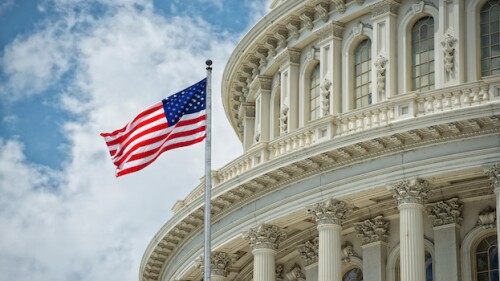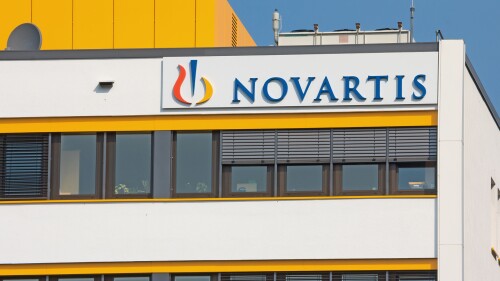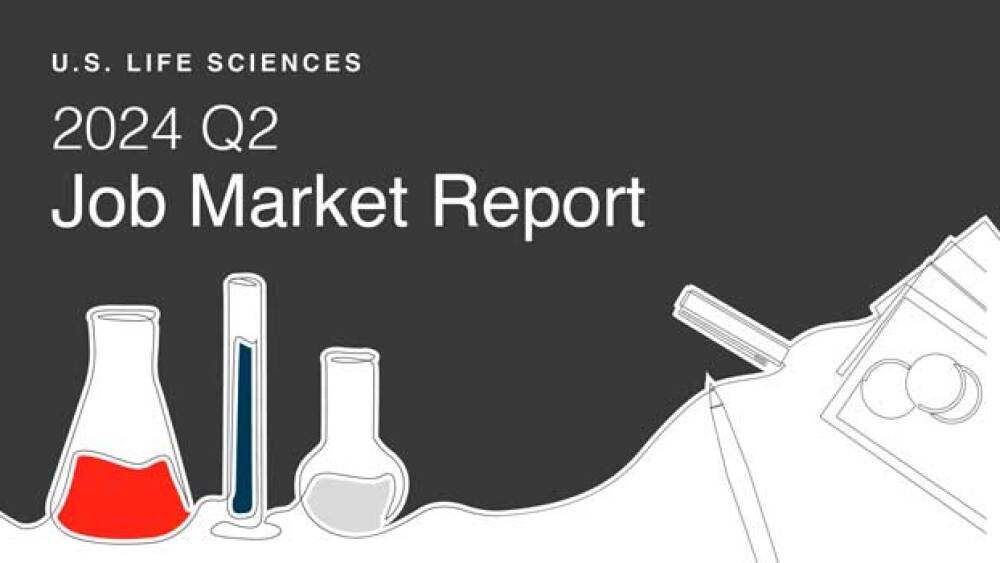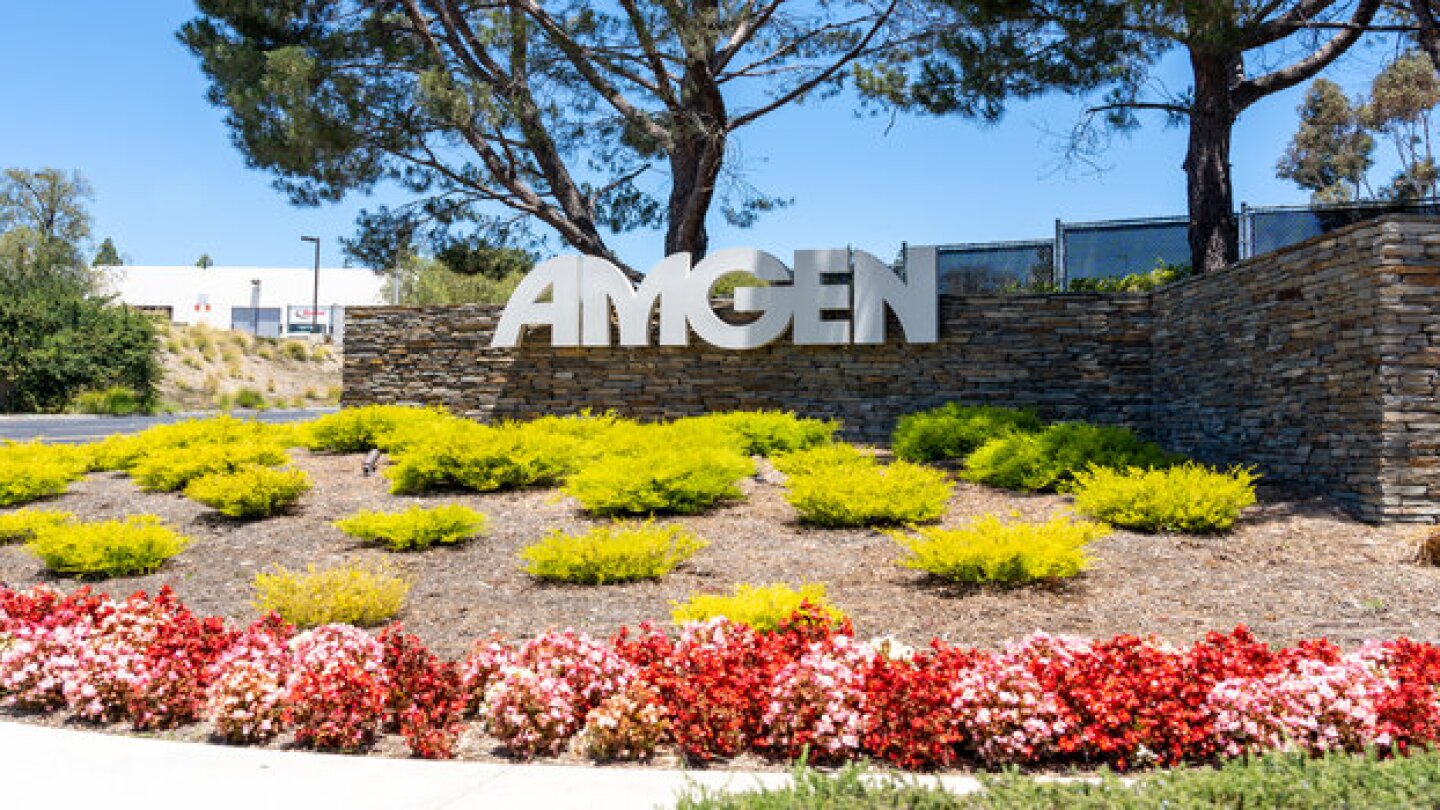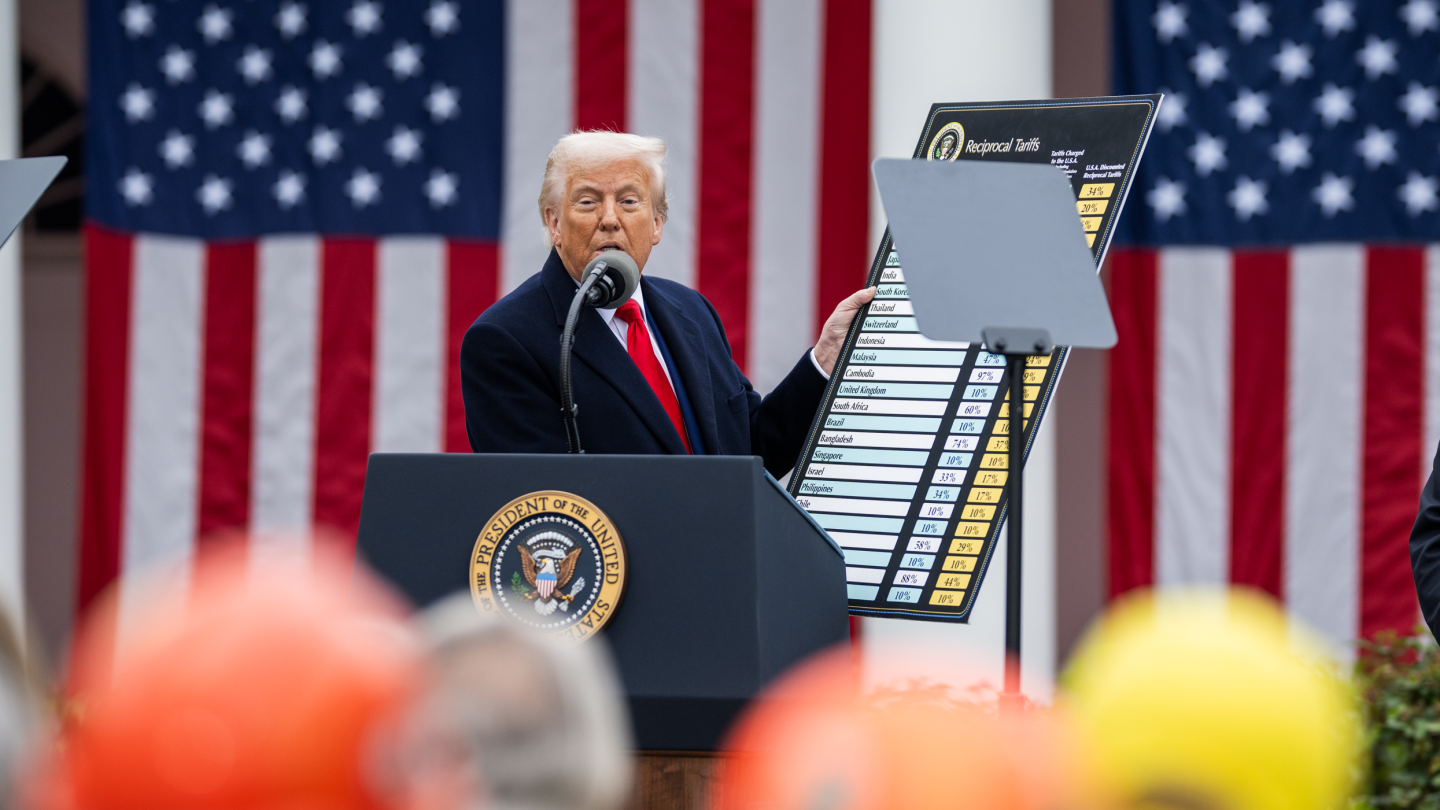News
As the biopharma industry grapples with the uncertain macro environment brought on by the new administration, CEOs, regulators and many others speak out.
FEATURED STORIES
Mirador debuted last year with a massive $400 million and the goal of developing game-changing therapies for inflammatory and fibrotic diseases. The company aims to enter the clinic this year.
As obesity drug developers compete for the highest weight-loss efficacy, experts contend that overall health outcomes—evidenced by successful studies in therapeutic areas like cardiovascular and sleep apnea—may prove a greater market advantage.
Having established success in cancer, biopharma is now looking to leverage CAR T therapies against a new target, autoimmune disorders, with several early- to mid-stage readouts expected this year.
Job Trends
For the second quarter of 2024, there were 25% fewer jobs posted live on BioSpace compared to the same quarter of 2023. The year-over-year job response rate rose from 14.6% to 15.3%.
FROM OUR EDITORS
Read our takes on the biggest stories happening in the industry.
Like they say about the weather in Iceland, if you don’t like an action taken by the new administration, wait five minutes; it’ll probably change. The markets, it seems, don’t react kindly to that kind of policymaking.
THE LATEST
The FDA has asked for another well-controlled trial to establish the efficacy of reproxalap in dry eye disease.
The FDA derives just under half of its yearly funding from pharma user fees, which help support its operations and fund employee salaries. An analysis from AgencyIQ suggests that the agency is dangerously close to losing it all.
In the Phase III MITIGATE trial, Uplizna cut IgG4-related disease flares by 87% versus placebo.
Sangamo, which has been having cash problems, will receive $18 million upfront in licensing fees for its AAV capsid that in preclinical studies has shown the ability to cross the blood-brain barrier.
Bo Wang is a renowned AI scientist at the University of Toronto. He’s bringing his open-source culture and computational biology to Xaira Therapeutics in June.
An independent data monitoring board found that BeiGene’s ociperlimab was unlikely to significantly boost overall survival in patients with untreated NSCLC.
The FDA was scheduled to release its decision on Novavax’s updated, protein-based COVID-19 vaccine on April 1, but the agency’s principal deputy commissioner intervened.
Pharma’s reprieve from Donald Trump’s tariffs is expected to be temporary, with Leerink analysts anticipating possible sector-specific duties “in the next month or so.”
Although U.S. full-time employees worked an average of 42.9 hours weekly last year, according to Gallup, that wasn’t true for most BioSpace LinkedIn poll respondents. A Karius HR executive discusses a few potential reasons for the longer workweeks.
Looking for a biopharma job? Check out the BioSpace list of 12 top companies hiring life sciences professionals like you.


